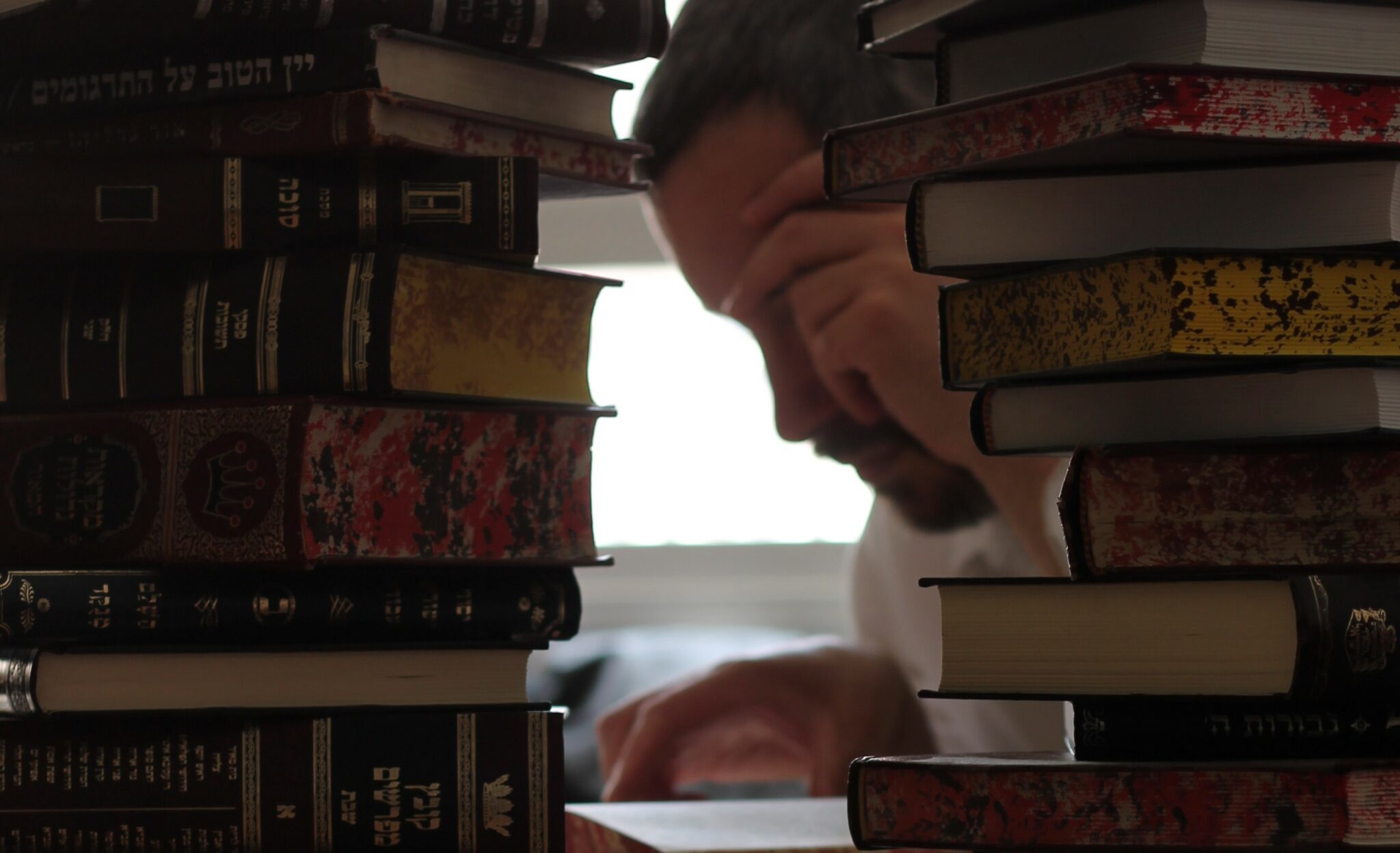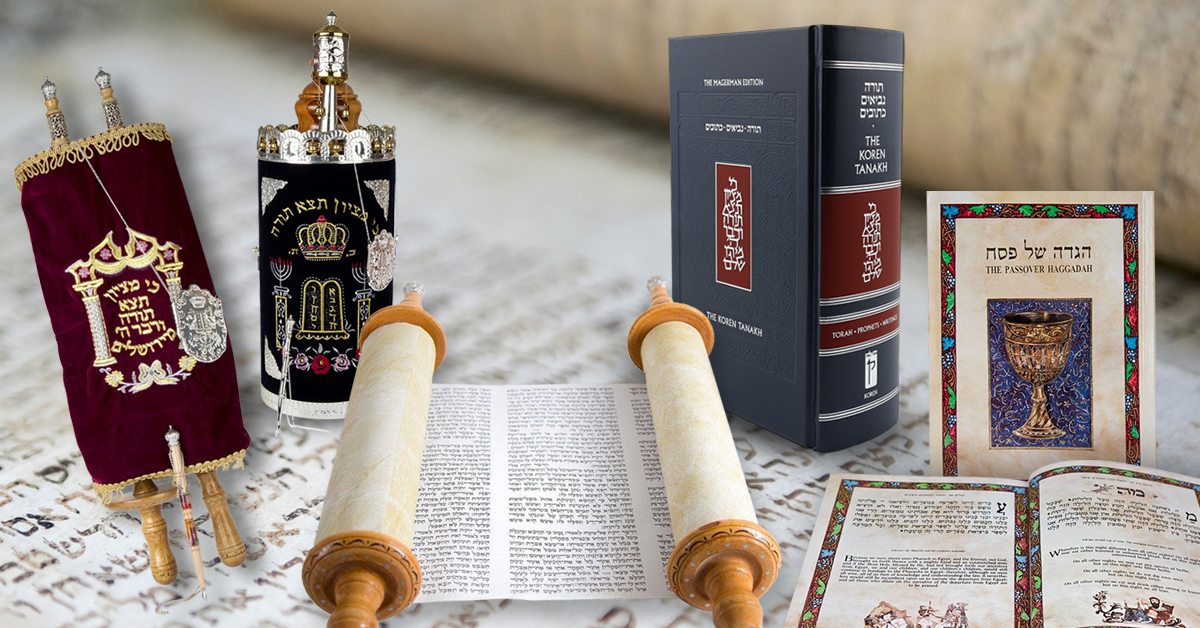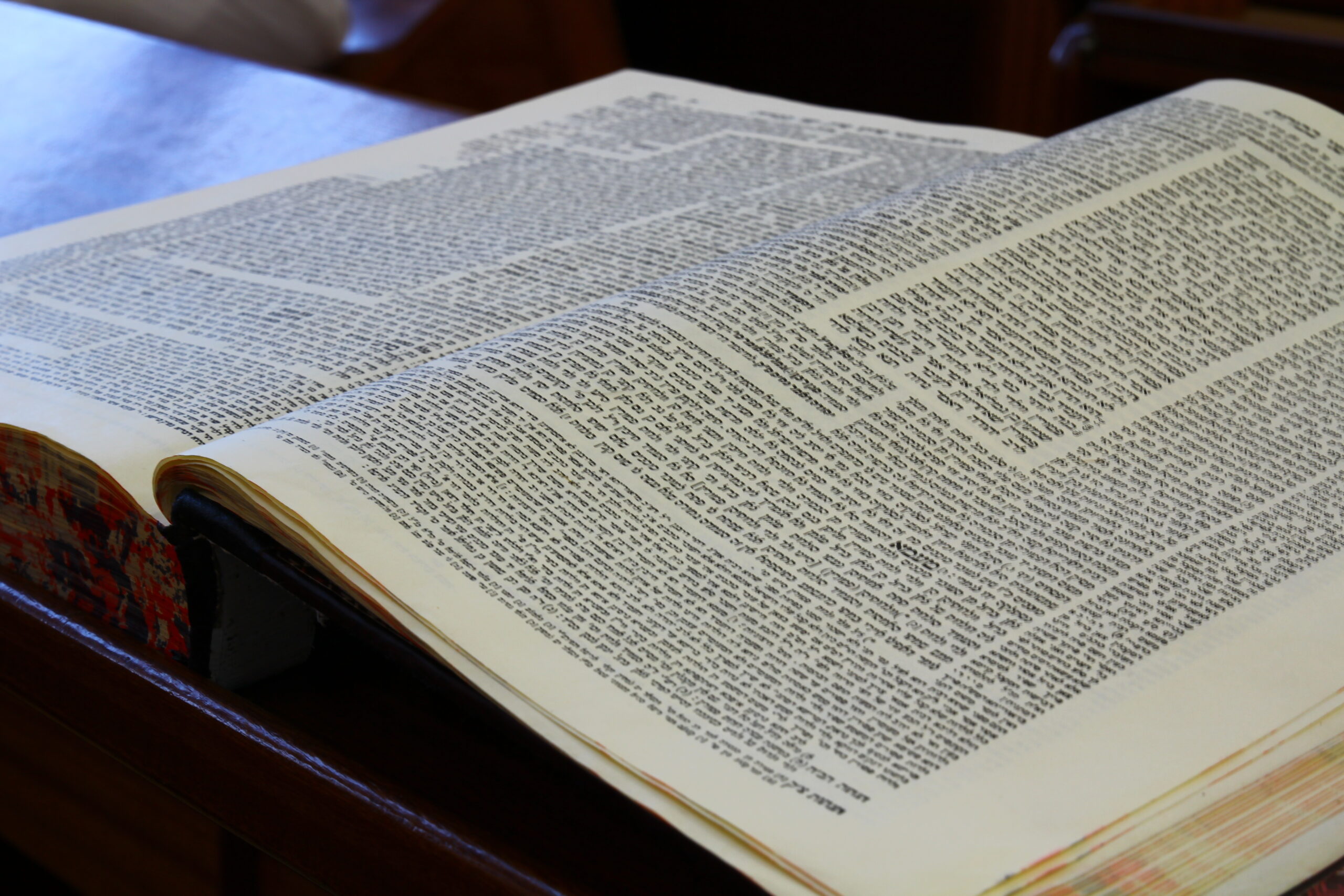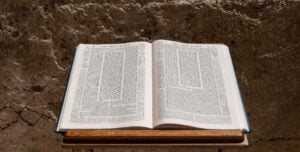What Is the Talmud?
- Emmett
- July 29, 2024
And why this ancient Jewish text is still widely studied today!
The Talmud, an ancient collection of Jewish law, is one of the most famous yet often misunderstood of Jewish texts.
We’re breaking down the facts of what it is exactly, how it’s shaped Jewish tradition, and why it continues to be important and relevant in modern times.
The Talmud was developed over centuries in response to the destruction of the Second Temple in 70 CE and the subsequent dispersion of the Jewish people. The fear of losing the oral transmission of the Torah is what led to this codification of Jewish law and tradition in the absence of a central temple and homeland.
Rabbinic Contributions
Many rabbis, known as Amoraim, contributed to the discussions and debates recorded in the Gemara. Their interpretations and rulings form the basis of much of Jewish law and practice today. These rabbis lived and taught in both Babylonia (modern-day Iraq) and the Land of Israel.
The Talmud consists of two main parts: the Mishnah and the Gemara.
The Mishnah
The Mishnah, compiled around 200 CE by Rabbi Yehuda haNasi, is the first written collection of Jewish oral law. The Mishnah is understood religiously to be transmitted at the same time to Moses as the rest of the Written Torah and aids in unpacking the Torah’s often vague or esoteric language.
While it was supposed to be transmitted only verbally, ensuring a connection through the generations and necessitating strongly unified communities, practical matters resulting from the exile meant Rabbi Yehuda haNasi made it his life's mission to codify and arrange the mishnah. He organized the Mishnah into six orders (Sedarim), each covering different aspects of Jewish law, from holidays, civil law, agriculture and Temple service, and spiritual purity.
The Gemara
The Gemara is a discussion understanding the Mishnah, and includes analysis and interpretations by later rabbis known as Amorayim. There are two versions of the Gemara: the Babylonian Talmud (Talmud Bavli) and the Jerusalem Talmud (Talmud Yerushalmi). The Babylonian Talmud, completed around 500 CE, is more comprehensive and widely studied than its Jerusalem counterpart, though they cover the exact same topics. Many of the debates concern matters that may sound unlikely or not-picking, but these are tools to apply the logic of the Torah into any hypothetical situation.
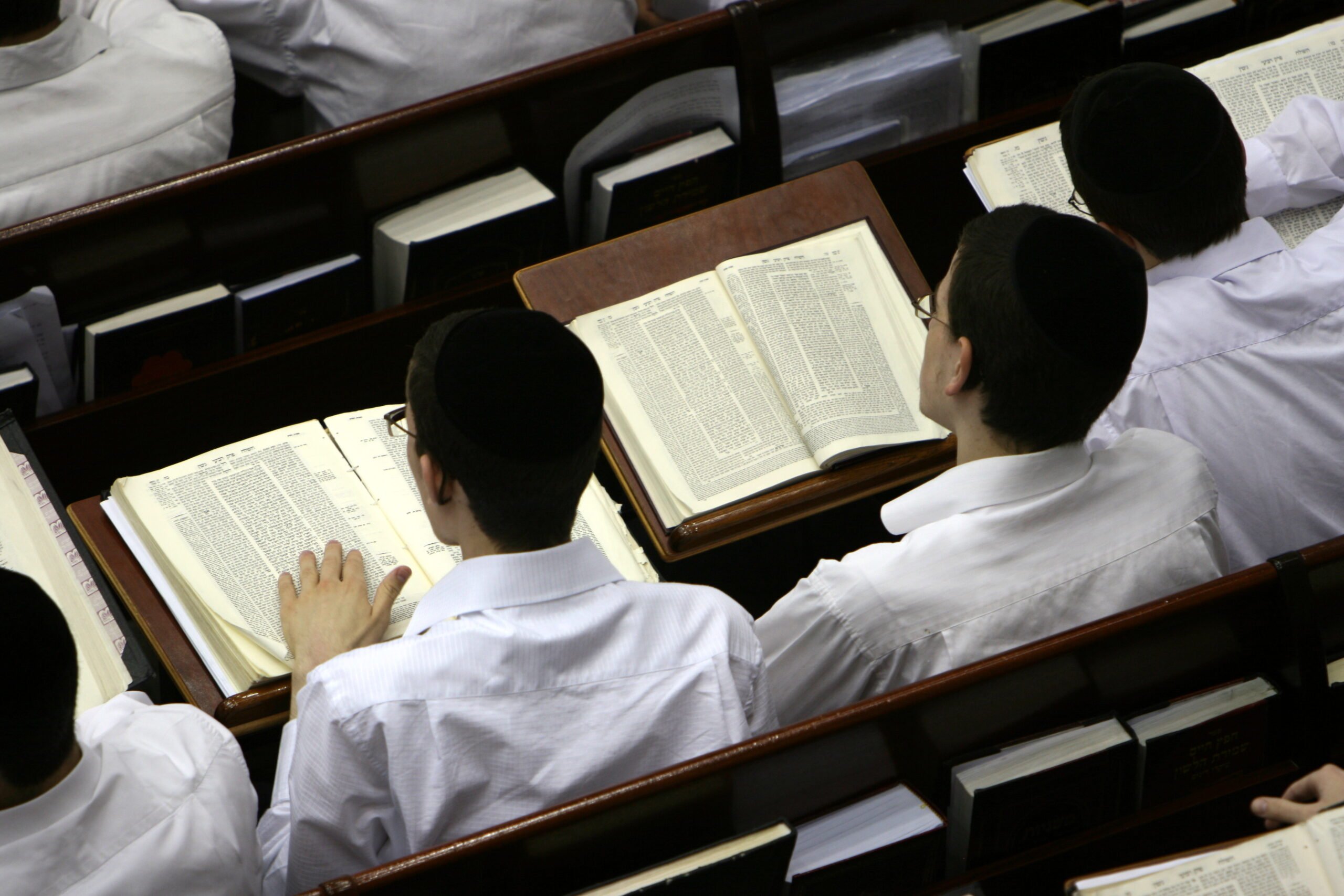
Jewish law, known as halacha, comes ultimately from an understanding of the Oral Law. Some matters are clarified where it is vague in the Tanakh (written Torah) or some matters pertain only to the Oral Torah, such as if you have ever lit candles on Friday night. It might seem that this helps us with matters already worked out millennia ago, but it is still very much a part of modern Jewish life.
Jewish Law in Modern Situations
While the Talmud, whether in the Mishnah or Gemara, often gives rulings on the matters it discussed internally, its enormous breadth of discourse extending from ancient times continuously to today, allows contemporary Jewish communities to make decisions on modern problems, like the effect of medical advancements, electricity, or factory farming on Jewish law. All this is to say that the Talmud is not a fossilized text but part of each Jewish inheritance, having been passed down assiduously through each generation.
Aside from its application to Jewish law, there are numerous reasons people still study the Talmud today, no matter where they are coming from.
Ethical Teachings
Certain bodies of the Talmud deal explicitly with ethics and morals, such as Pirkei Avot, or analyze Torah figures in such a way as to glean moral teachings. In truth, many other matters, even they come across as dry and legalistic, are still concerned with morality, such as such as duties to one's neighbors, developing sensitivity to others' needs, and deducing truth from uncertainty.
Connection to History
The Talmud is an excellent way to both see a snapshot into life 1500-2000 years ago, but also looking through commentaries written over the following centuries, it is easy to connect to an unbroken chain of Jewish thought on basically any topic one can imagine. It is not an evolution per se, but rather a collective effort of countless brilliant minds to get to the truth.
It's Torah!
Just as a anyone might delve into the weekly Torah portion—even if it deals with matters no longer applicable at our moment in history—learning any part of the Talmud likewise engaging with Torah. It is a way to connect with God, to understand the logic that underpins any situation, and it can bring about enormous joy and interest to a curious mind.
The Talmud is a religious text but it also a set of the legal, ethical, and philosophical teachings that provides a foundation for Jewish identity in each generation.
For those interested in exploring the Talmud, it offers a profound and challenging journey into the depths of Jewish wisdom and tradition. Whether learned individually, or better yet with others, the Talmud stands as a testament to the enduring quest for knowledge and understanding one can find through the Torah.

